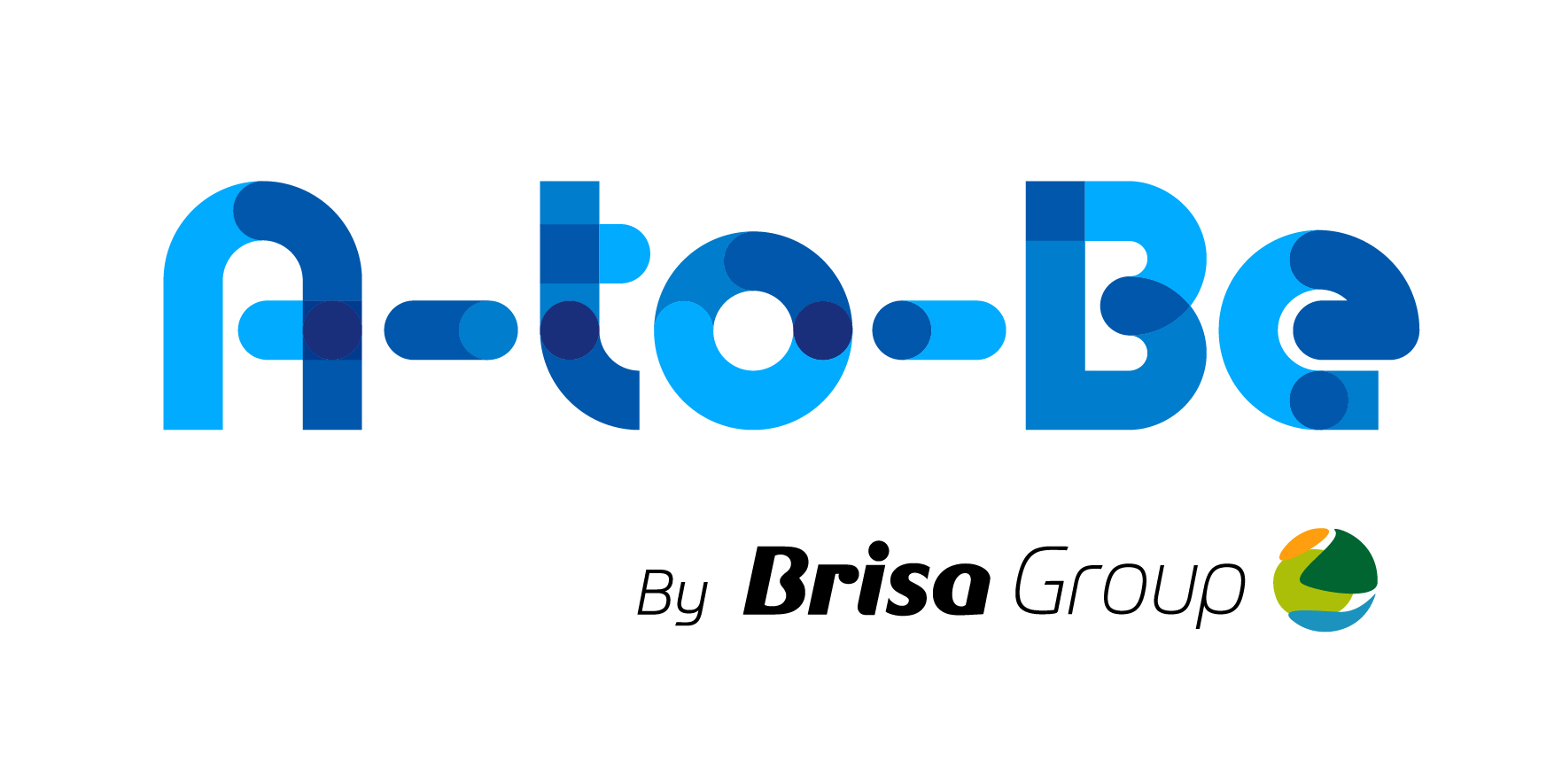![]()
![]()
Cross-fertilization
Jason BarnesMobility as a Service is the one of the current ‘darlings’ of the ITS sector. But is the concept wholly new? Like many other trends within the mobility sector, there is the opportunity to learn more, and more quickly, if only the net is cast more widely. Jason Barnes writes. We have seen various concepts and application areas come into and out of vogue in the ITS sector over the years. Some have been quietly assimilated, or else have quietly assimilated traditional ITS — ‘traditional’ in the sense of pure roadway operations. An example might be Homeland Security, which has seen the public safety/security and traffic management sectors become common bedfellows. We have seen others develop independently, and either accept ITS’s offer of closer relations, or else force ITS’s hand in terms of some form of coming together. An example might be Smart Cities, together with associated concepts such as e-payment and ticketing, mass-market communications protocols such as Cellular IoT, Big Data and so on. These things were and are going to happen whether ITS existed or not, but make perfect sense in terms of adoption. ITS continues to take strides forward. We are seeing the beginnings of the influences of several of what many call ‘disruptive technologies’. Although these may bring about profound changes, it is worth considering whether ‘disruptive’ is the correct noun to use, as, far from being unplanned, the use of — for instance — Connected and Autonomous Vehicles (CAVs) has been very carefully considered and they are the product of a prolonged and tightly structured release to market. However, although we stand on the verge of significant deployments of such as Cooperative ITS (C-ITS, that next generational step which will bring CAVs into the fold), it is worth stopping to consider whether the terrestrial mobility sector — if we might use that broader term and include modalities which even now maintain a most passing of relationships with road-oriented transport and travel — is still not casting its net widely enough. The contention is that, were it to do so, we could accelerate deployments and, even, end up with solutions of far greater intrinsic capability and worth.
